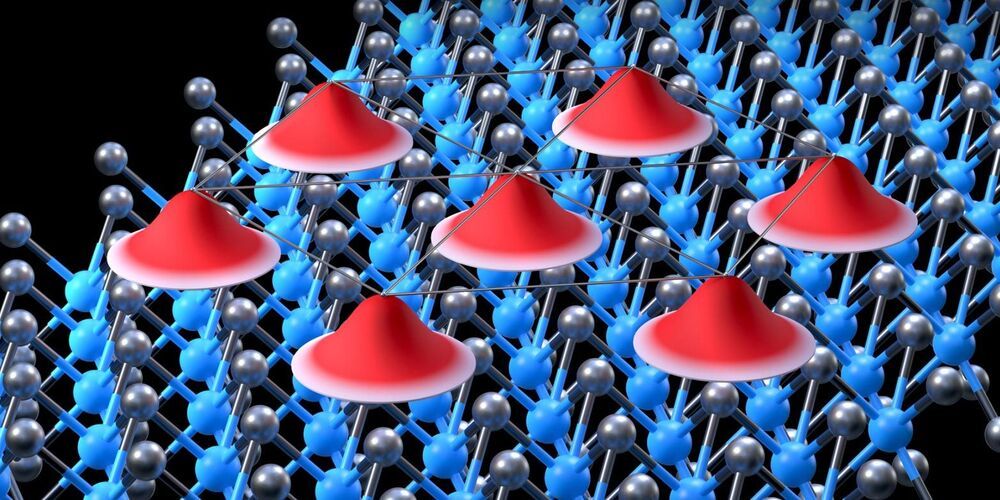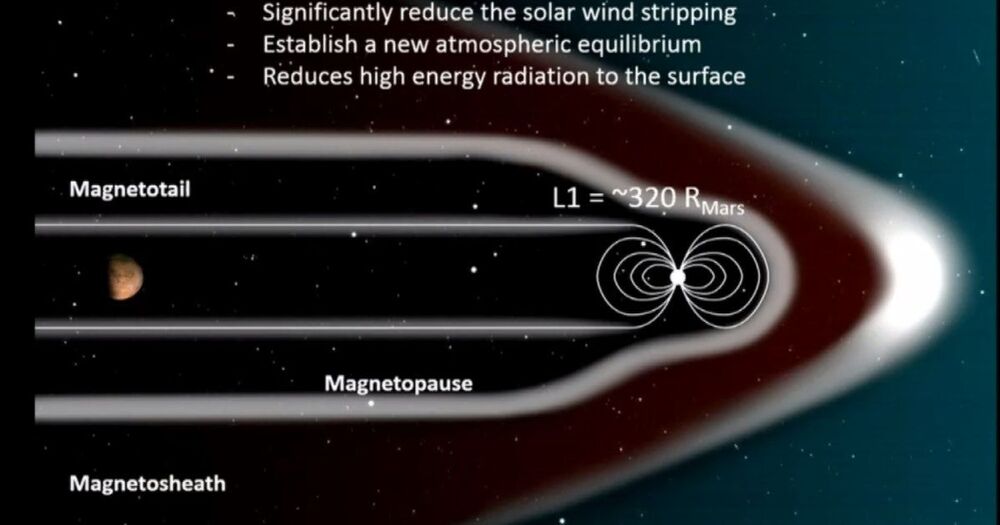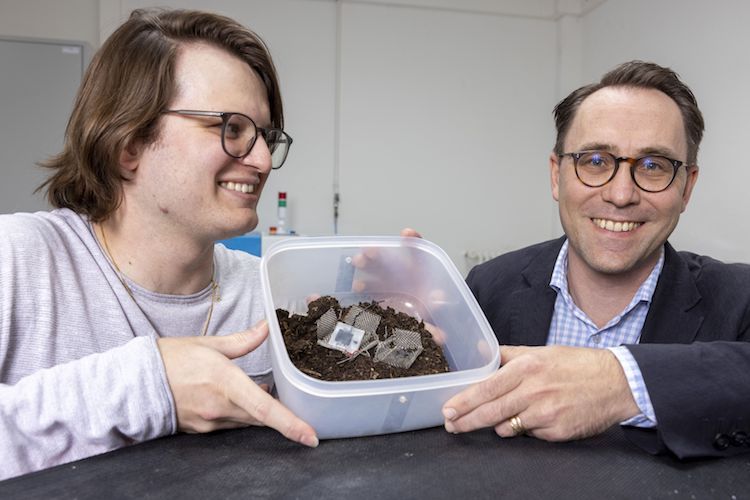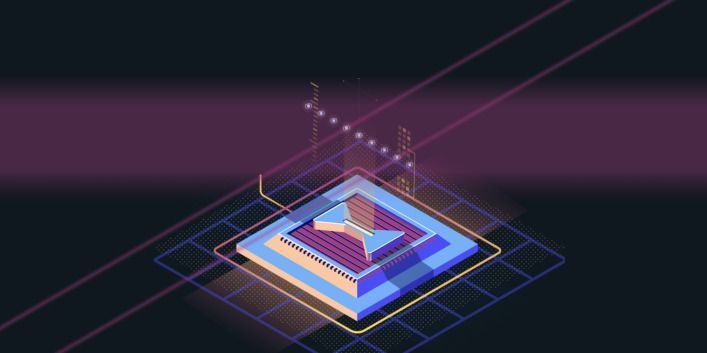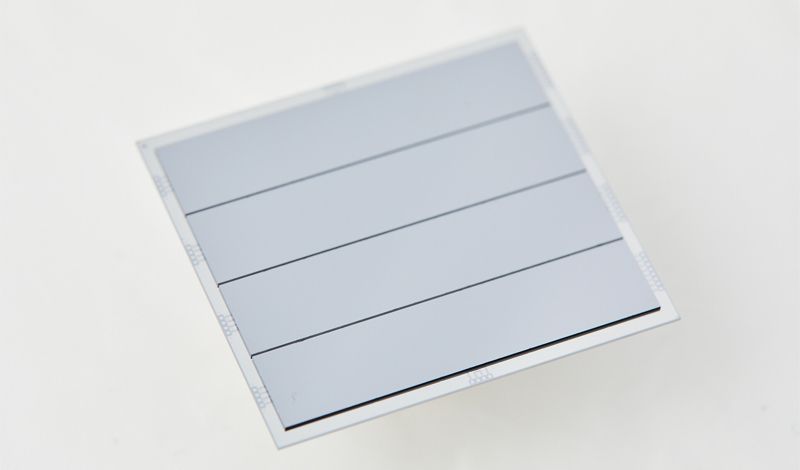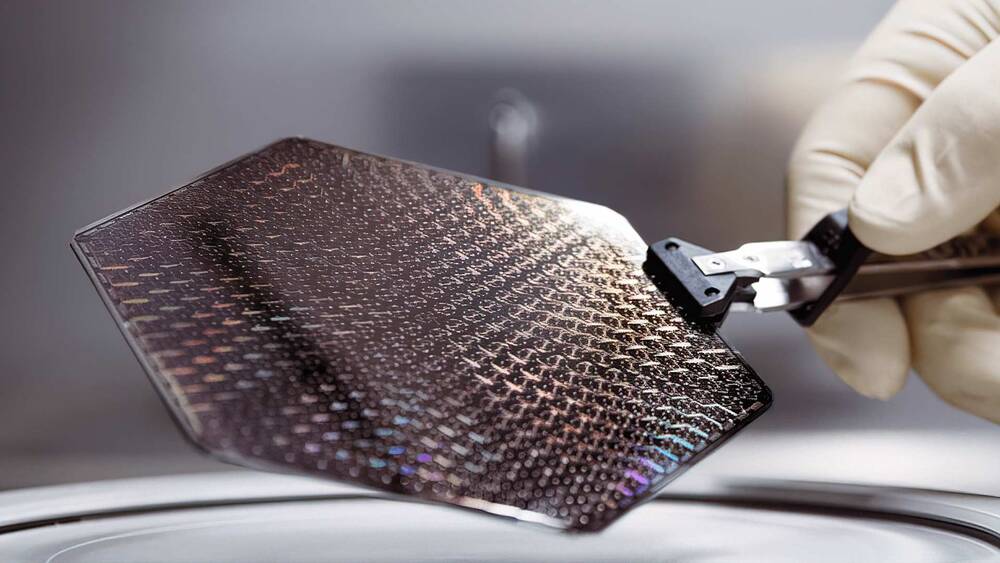Researchers at ETH Zurich have succeeded in observing a crystal that consists only of electrons. Such Wigner crystals were already predicted almost ninety years ago but could only now be observed directly in a semiconductor material.
Crystals have fascinated people through the ages. Who hasn’t admired the complex patterns of a snowflake at some point, or the perfectly symmetrical surfaces of a rock crystal? The magic doesn’t stop even if one knows that all this results from a simple interplay of attraction and repulsion between atoms and electrons. A team of researchers led by Ataç Imamoğlu, professor at the Institute for Quantum Electronics at ETH Zurich, have now produced a very special crystal. Unlike normal crystals, it consists exclusively of electrons. In doing so, they have confirmed a theoretical prediction that was made almost ninety years ago and which has since been regarded as a kind of holy grail of condensed matter physics. Their results were recently published in the scientific journal Nature.
A decades-old prediction
“What got us excited about this problem is its simplicity,” says Imamoğlu. Already in 1934 Eugene Wigner, one of the founders of the theory of symmetries in quantum mechanics, showed that electrons in a material could theoretically arrange themselves in regular, crystal-like patterns because of their mutual electrical repulsion. The reasoning behind this is quite simple: if the energy of the electrical repulsion between the electrons is larger than their motional energy, they will arrange themselves in such a way that their total energy is as small as possible.
